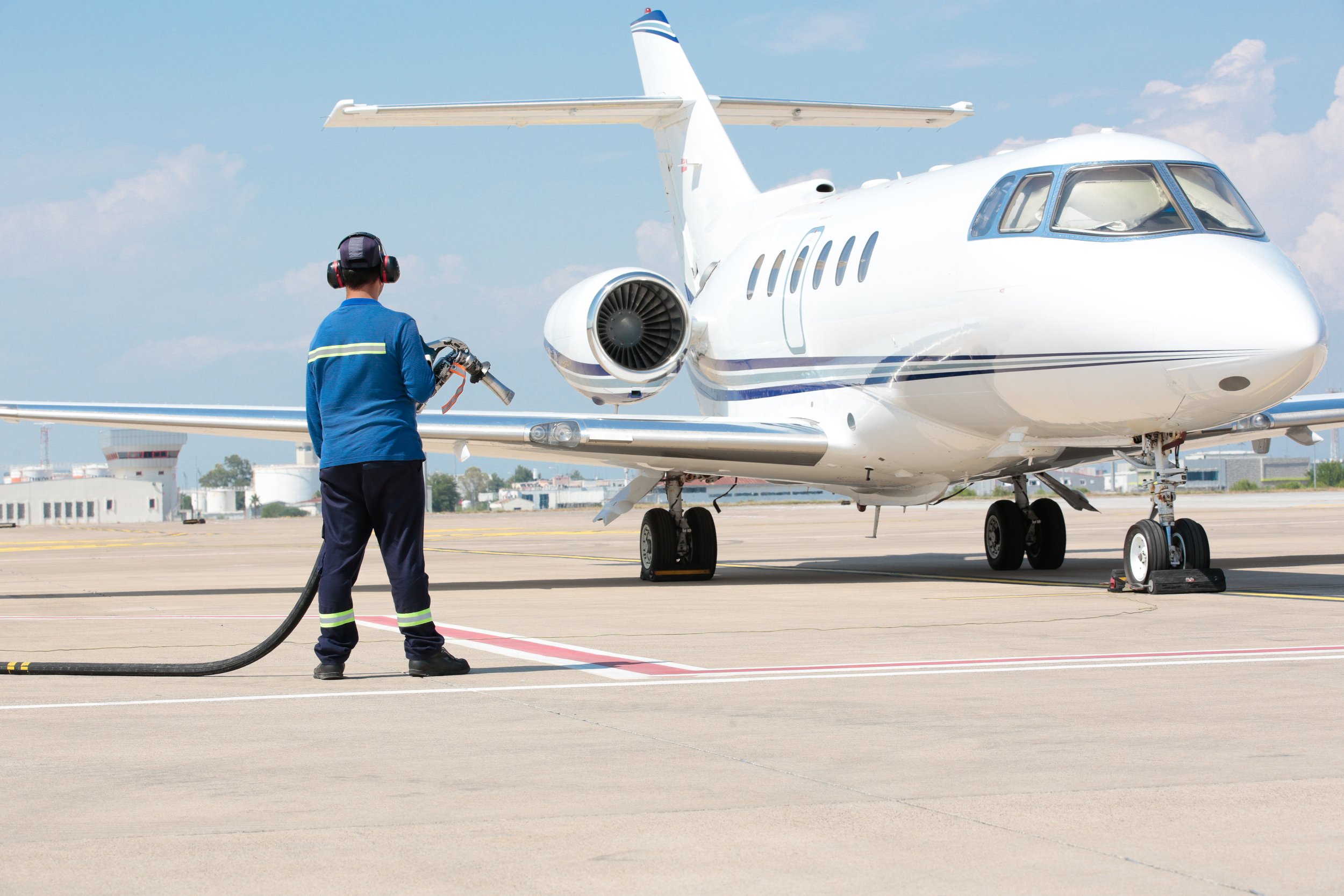Flying Green: Sustainable Aviation Fuel and The Future of Air Travel
The aviation industry stands at a pivotal crossroads. As awareness of climate change intensifies, attention turns to the sector's responsibility to promote a sustainable future. In part, Sustainable Aviation Fuel (SAF) is driving a revolution in our approach to air travel. This article examines the intricacies of SAF, tracing its history, current uses, and future possibilities.
What is Sustainable Aviation Fuel?
Sustainable Aviation Fuel (SAF) is a groundbreaking development for cleaner skies. Unlike conventional fossil jet fuels refined from crude oil, SAF is produced from renewable sources. These include waste cooking oils, agricultural residues, and non-food crops, making it a greener alternative. Notably, it doesn't compete with food crops for arable land, ensuring its production supports environmental goals rather than detracting from them.
SAF works seamlessly with existing systems as a "drop-in fuel." It requires no changes to aircraft engines or fueling infrastructure when blended with traditional jet fuel. This adaptability makes it a practical solution for immediate implementation, helping aircraft operators reduce their carbon footprint without compromising performance. SAF can significantly reduce greenhouse gas emissions and improve fuel efficiency, making it a vital tool in moving toward carbon-neutral aviation.
The Origins of SAF
Utilizing alternative fuels in aviation is not a recent development; it dates back several decades, driven by the urgent need to address the industry's impact on climate change. Initial research concentrated on biofuels, primarily sourced from algae and various plant-based materials.
Key milestones have marked the development of SAF. In 2008, Virgin Atlantic made headlines by conducting the world's first biofuel-powered commercial flight. This landmark event demonstrated SAF's feasibility and set the stage for further exploration. However, early trials faced challenges, including scalability and cost.
Despite these hurdles, research and innovation continued. Governments and private companies invested in developing more efficient production methods and expanding the range of sustainable feedstocks, the raw materials used to produce fuel. These efforts paid off as SAF gained credibility and acceptance within the aviation community. Today, it's recognized as a crucial element in reducing fossil fuel usage and supporting a more sustainable aviation industry.
The Current Landscape of SAF
Since its inception, SAF has made great strides, and its applications have become increasingly widespread. Several airlines have adopted SAF blends, showcasing its versatility and effectiveness. While no more than 50% SAF can currently be blended with conventional JetA fuel, even this limited ratio significantly reduces carbon emissions.
In practical terms, SAF offers several benefits. It reduces flights' carbon dioxide (CO2) equivalent emissions, contributing to cleaner air and decreased environmental impact. Additionally, SAF improves aircraft performance by providing a higher energy content than traditional fuels. This results in greater fuel efficiency and reduced contrail-induced cirrus cloudiness, further minimizing the industry's ecological footprint.
Currently, SAF production is limited and more expensive than conventional jet fuel. However, as demand increases and production methods improve, experts predict greater accessibility at lower costs. The aviation industry is collaborating with stakeholders and governments to address these challenges and foster broader adoption of SAF.
A Glimpse into the Future of SAF
The future of SAF is promising, with ongoing research and development paving the way for new technologies and applications. Scientists are exploring innovative approaches to SAF production, including synthetic pathways that could enhance efficiency and sustainability. These advancements hold the potential to revolutionize how we power aircraft.
Promising technologies on the horizon include the development of algae-based fuels and waste-to-energy processes. These methods offer the advantage of being highly sustainable and utilizing abundant resources while minimizing environmental impact. Additionally, advancements in feedstock selection and processing techniques could expand SAF's availability and affordability.
Global Efforts to Promote SAF
International efforts to promote SAF are underway, with governments, organizations, and industry leaders coming together to drive progress. Notable initiatives include commitments to scaling up SAF production and incentivizing airlines to adopt it. These measures, driven by policymakers, are designed to address the challenges of limited supply and high costs. Stakeholders hope to accelerate SAF's integration into the aviation industry by fostering collaboration and investing in infrastructure.
Business aviation is leading the way in SAF adoption, demonstrating a solid commitment to sustainability despite higher costs. This proactive approach reflects the industry's history of pioneering solutions, inspiring all stakeholders with its innovative spirit and paving the path for a greener aviation future.
While progress is evident, challenges remain, but the impact of SAF on the future of aviation cannot be overstated. By reducing our reliance on fossil fuels and enhancing the industry's sustainability, SAF represents a critical step toward achieving carbon-neutral aviation. Its widespread adoption could substantially reduce greenhouse gas emissions and contribute significantly to global climate goals.


